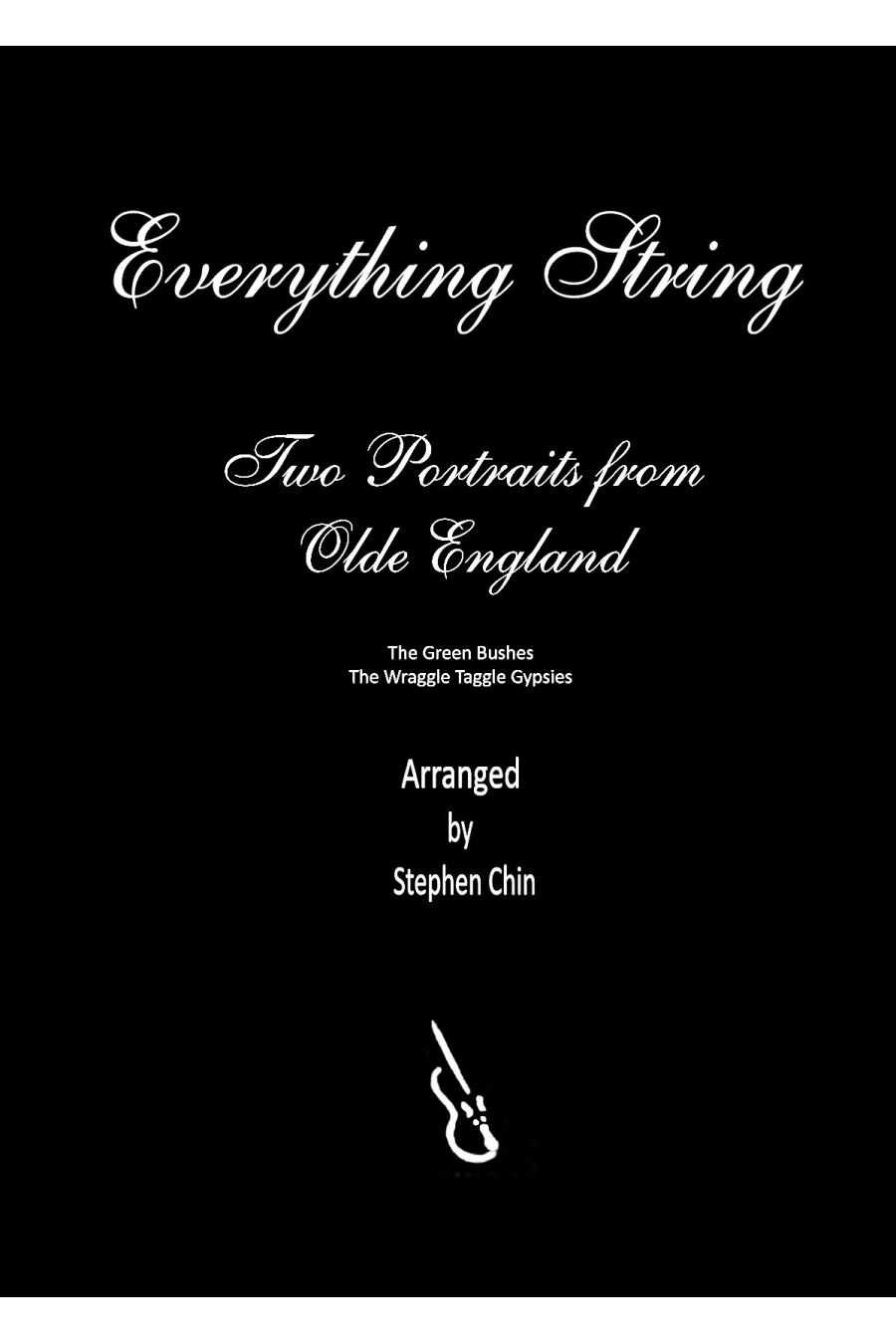

These pieces are from English folk songs. The Greens Bushes is about a lover who lost his beloved. The Wraggle Taggle Gypsies is about a group of nomads and their adventures.
For String Orchestra Grade 1.5
Both of these musical compositions are deeply rooted in the rich and vibrant tradition of English folk songs. The Greens Bushes is a poignant and melancholic piece that tells the story of a lover who has lost his beloved to someone else. The use of legato bowing, harmonics, and gentle pizzicato notes creates a sense of longing and wistfulness that is sure to tug at the heartstrings of the listener.
In contrast, The Wraggle Taggle Gypsies is a lively and spirited piece that captures the free-spirited nature of a wandering group of nomads and their hilarious exploits. The bold and robust notes used in this composition evoke a sense of adventure and excitement as if the listener is right there with the gypsies on their journey. Together, these two pieces showcase the incredible range and versatility of English folk music.
For String Orchestra Grade 1.5
This suite of three unique pieces is perfect for beginners looking to improve technique and musicianship. Dedicated to Andrea Messenger OAM and the Western Suburbs String Orchestra community, inspiring young musicians everywhere.
Your beginner string orchestra will love these expressive pieces. They're mostly composed using pentatonic scales, making them easy to learn and play. Enjoy the sustained chords in "Sleeping Pandas" and the fun acrobatics in "Acrobats".
Originally written for wind ensemble and later arranged for pianoforte, these charming movements have been carefully placed to give the sense of a fully integrated work. Some elements of this work are similar in vein to Mozart's famous "Eine Kleine Nachtmusik." Advanced intermediate players will enjoy the challenges of spiccato quavers, martele crotchets, measured tremolo, and lifted upbows, which are a must for developing precision and clarity in a more advanced string ensemble.
For String Orchestra Grade 3
This music game is excellent for elementary programs, offering imaginative titles like “The Still Before the Storm” and “Fairy Floss”. It teaches students about keys, orchestral textures, and various techniques in an accessible way, promoting an early appreciation of music's tone color.
1. Gekko Echo
2. Still before the Storm
3. Jumpin' Jumbucks
4. Valse Sentimentale
5. Rickshaw Rally
6. Morning Star
7. Fairy Floss
8. March of the Stick Insects
9. Sunset Sarabande
10. Riding the Rapids
11. Hiccups
12. Sleepy Sandman
13. Ostinato Odyssey
14. A Stately Minuet
15. Bubbles
16. Fiddle Stick Fury
For String Orchestra Grade 1
Originally for string quintet, this piece was arranged by Boccherini for guitar and string quartet. Castanets add a Spanish touch. Boccherini explored diverse textures and string effects within the Classical Period. The music's elegance and vibrancy captivate players and audiences alike.
For String Orchestra Grade 3.5
Martin Peerson's "The Fall of the Leafe" depicts a beautiful autumn day with descending notes. Susato's "Battle Pavan" was part of court entertainment and featured a call-and-response style.
1. The Fall of the Leafe
2. Battle Pavan
For String Orchestra Grade 2.5